The year was 1970, and the United States was in the thick of the Southeast Asia conflict. Having completed his latest flight mission, a U.S. Air Force (USAF) “Raven” pilot was in trouble. His O-1 Bird Dog aircraft had barely enough fuel to return to base, and bad weather over Laos was quickly closing in. Seized with the fear of slamming into a mountain, he contemplated a hard crash-landing but knew it was too risky. His team called Air America. Maybe they would know what to do.
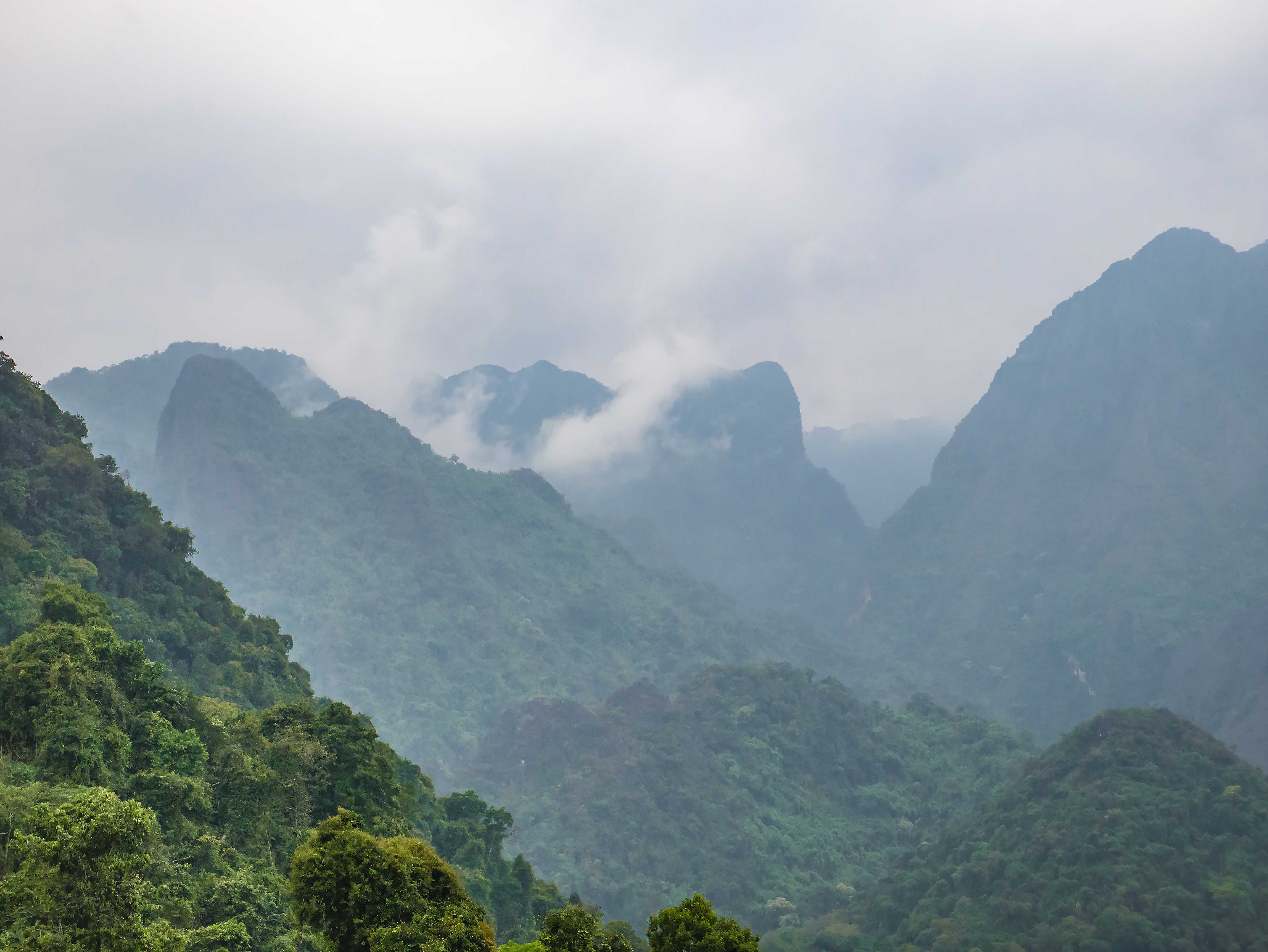
Clouds hovering around rugged landscape in Laos. [Getty Images]
Within minutes, three Air America helicopter pilots took off and flew in a trail just ahead of him.
“Hey Raven,” the first called out over the radio, “I see you. Turn left… more… roll out. You are pointed at the back door. The gap is right in front of you.”
“You’re nuts! I don’t see a damn thing except clouds and mountain.”
“It’s an optical illusion. The gap is filled with heavy rain,” the first helo pilot reassured him.
With his heart in his throat, the Raven flew his small plane straight toward what he imagined to be the mountain, passing the hovering helicopter as he entered the point of no return.
“Turn right and roll out. You are on track,” instructed helo one.
The airman hit heavy rain that pounded on his wind screen in a constant torrent.
“I have him,” said the second. “Turn left… roll out… slightly right… watch out for that karst.”
The Raven dodged the rocky peak just below his left tire. Soon after, the second helo pilot no longer had a visual and exclaimed, “I lost him.”
“I’ve got him,” replied the third. “Turn right… roll out. There. You’re on an extended downwind. Good luck.”
As the Raven flew out of the danger zone, the choppers went on their way.
This was the account of a former USAF Raven Forward Air Controller (FAC). FACs were fighter pilots who donned civilian attire and flew unarmed spotter planes low and slow over battlefields while calling in airstrikes on enemy targets. They shared the skies with Air America, and four decades later, this Raven clearly remembered the professionalism of the pilots who came to his rescue, living up to their motto: Anything, Anytime, Anywhere, Professionally.
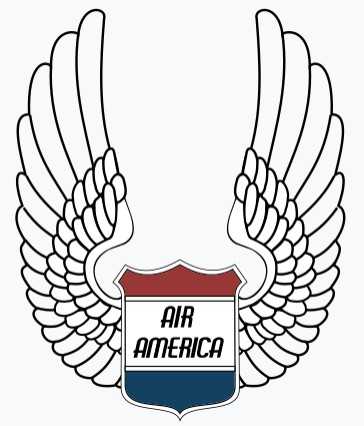
Air America logo.
Air America was CIA’s proprietary airline, picking up the mantle of the Agency’s storied Civil Air Transport (CAT). The outbreak of the Korean War in 1950 spurred CIA to acquire CAT, which had been partnered with CIA since 1947, to facilitate covert operations in Asia in support of U.S. policy objectives. In 1955, the airline began airdropping humanitarian relief to the population within Laos, a strategic location during the Cold War struggle against communism.
As U.S. involvement in Southeast Asia expanded, so too did Air America’s mission. In addition to food aid, crews made weapons deliveries, transported CIA officers and indigenous troops, evacuated refugees, and so much more. It was dangerous work that required helicopters and short-field takeoff and landing aircraft that were maneuverable under enemy fire, and in tight or remote locations lacking proper airstrip infrastructure.
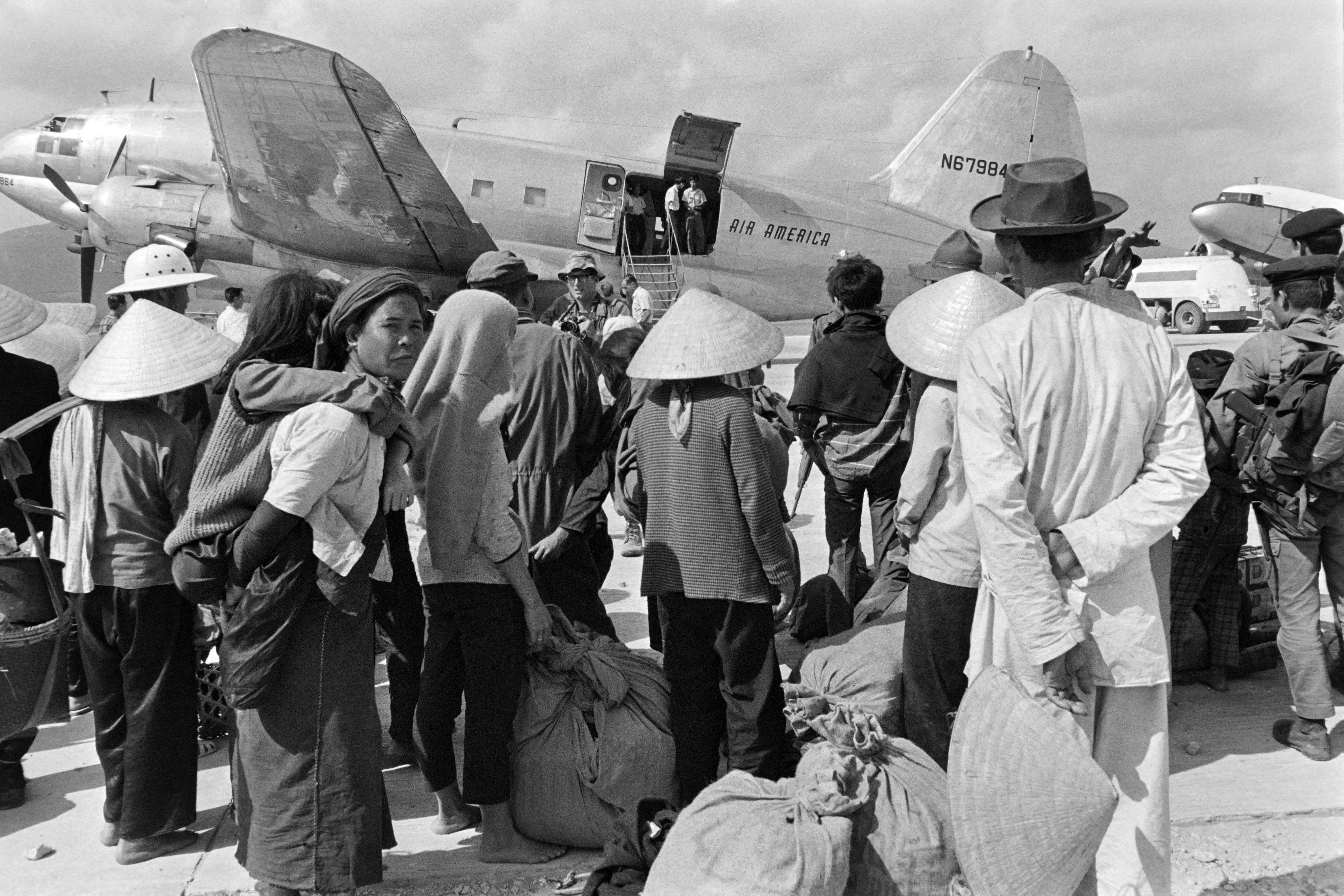
Vietnamese refugees board an Air America plane on January 23, 1968 fleeing the battle of Khe Sanh. [Getty Images]
Air America developed its own Flight Information Center (FIC) that gathered and shared vital information to secure and facilitate its operations. Prior to departure, a pilot and his flight mechanic would arrive at the FIC for a detailed briefing that focused on areas to avoid due to the presence of enemies on the ground. The pilots, while in the air and upon touch down, would then radio in and report any changing conditions, which kept the information accurate and up-to-date for other flights.
Still, no amount of advance preparation trumped the raw courage and superior problem-solving and aerial skills essential to serving with Air America. The company’s crew gave real meaning to planning and executing operations on the fly.
In January 1968, a two-man Air America crew was conducting an ammunition supply run when they spotted a formation of slow-moving Russian Antonov-2 Colt biplanes headed to attack Lima Site 85, a covert U.S. radar facility in Laos. The helicopter proved faster than the Colts, allowing the pilot to fly up alongside the enemy as his flight mechanic fired an assault rifle through the open door. One fell from the sky; the others made fast retreat. It was the first and only time a helicopter downed a fixed-wing aircraft over the course of the conflict in Southeast Asia.
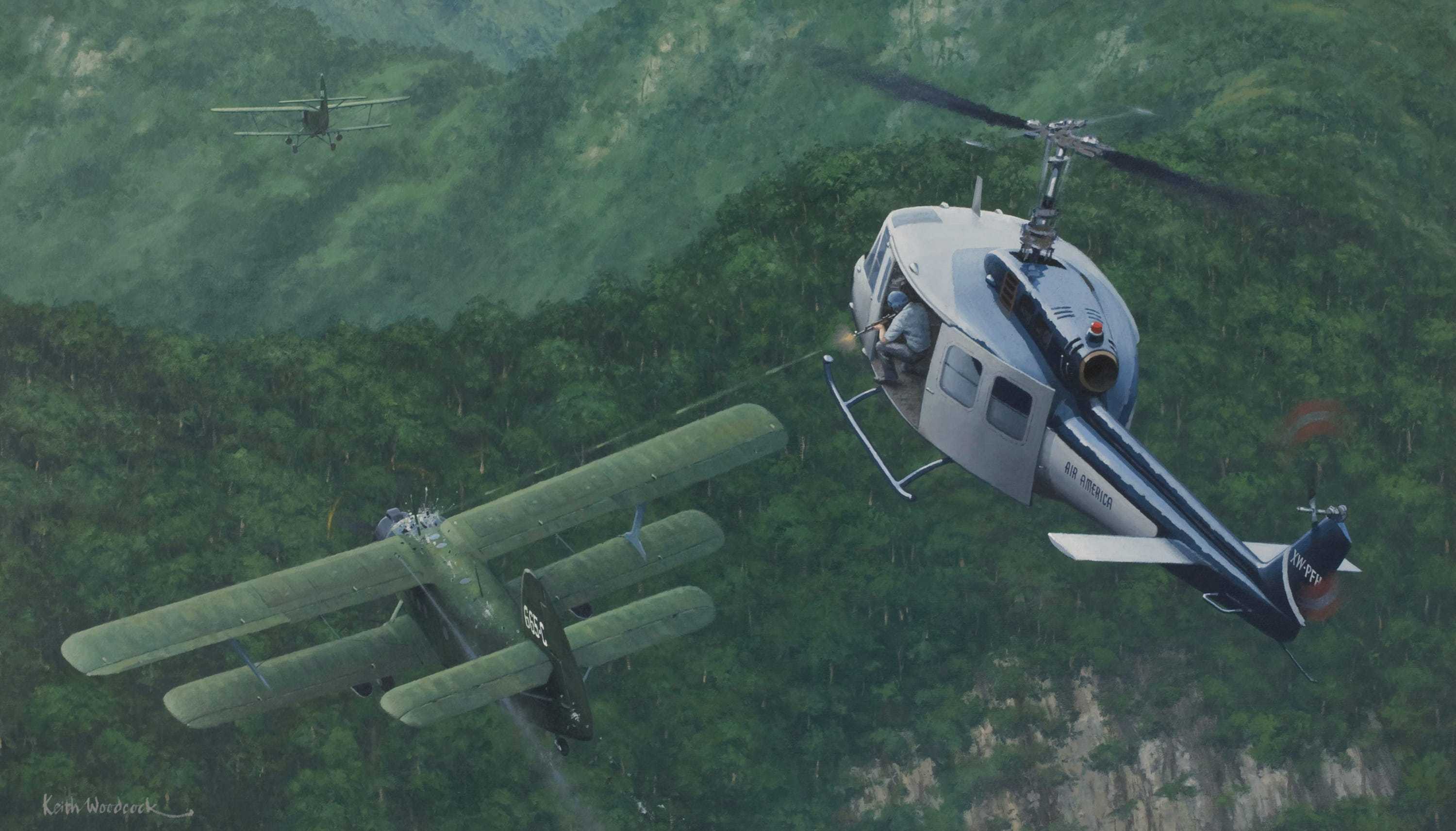
“An Air Combat First” oil painting depicts an Air America helicopter pilot flying alongside an enemy biplane in Laos in 1968 as his flight mechanic fires at it from an open door. ©Keith Woodcock
Air America filled a critical gap. Despite being exposed to the same perils of being shot down over enemy-controlled territory as U.S. military planes operating over the conflict zone, the civilian crews—without orders or compensation—took it upon themselves to help military aviators in distress. They were never trained or properly equipped for these efforts, but acted on a combination of grit, experience, and duty. Their ethos was the unspoken “Airman’s Bond” that called on airmen to always come to the aid of other airmen.
One USAF veteran recalled witnessing his backup bailing out behind enemy lines. In the minutes that followed, the airman’s frustration mounted at having to wait for authorization to go in for the rescue. He was considering jumping the chain-of-command when, out of nowhere, an Air America pilot appeared, swooped in for the pickup, and departed. No Fuss. No bother. Time and time again, CIA’s aviation arm dashed into the unknown, saving lives from the battlefield below.

“The Airman’s Bond” oil painting depicts the heroism of an Air America UH-34D crew conducting a rescue of USAF bomber pilots in Laos. ©Keith Woodcock
Air America’s unparalleled performance was undeniable. However, in 1972, CIA made the difficult decision to divest ownership and control of the company once the U.S. withdrew from the conflict in Southeast Asia. On June 3, 1974, the airline took its last flight from Laos to its covert forward operating base in Thailand, which also shut down weeks later. Scaled-back operations would continue during the final stretch of the U.S. military's involvement in Vietnam.
By the beginning of 1975, morale among Air America employees plummeted, with personnel leaving in droves ahead of the company’s impending closure. Not only were only a dozen or so Air America helicopters left in Vietnam—a far cry from the fleet it had just a few years earlier—just 27 pilots remained in-country when the situation turned critical.
The North Vietnamese Army sensed victory. As communist forces pushed further and further south, U.S. demand for air service grew. Air America crews sprang into action under circumstances that were anything but favorable. They scrambled to airlift Americans and our allies from locations being overrun. Soon communist forces encircled South Vietnam’s capital.
On April 29, 1975, the U.S. Ambassador finally declared complete evacuation. Air America was a crucial part of the emergency evacuation from downtown Saigon because rooftops used for extraction could not support heavy Marine Corps aircraft.

Air America’s most famous evacuation—thanks to an iconic snapshot taken by Dutch photographer Hubert Van Es—was flown out of Saigon on April 29, 1975. It shows an Air America helicopter perched atop an improvised helipad and loading up evacuees at an apartment building that housed CIA employees.
Stretched thin, Air America’s remaining pilots picked up evacuees from rooftops across Saigon and shuttled them to collection points where military aircraft could safely operate, or delivered them directly onto U.S. Navy vessels off the coast. Each sortie held about 10 passengers—exceeding the choppers' maximum capacity—who were crammed together in a state of panic. The pilots repeated these roundtrip flights throughout the day, and well into the night, surmounting limited fuel access, ad hoc landing zones, and hostile fire.
Just how many souls made it out of Vietnam who would otherwise have been left behind? It is a tough question to answer. Some estimates put the number of American civilians—including CIA officers and diplomatic personnel—and South Vietnamese civilians evacuated by Air America during the final weeks of the Vietnam War at tens of thousands. Despite the enormity of the task, the “can do” airline crew had once again risen to the occasion. The operation was a fitting last chapter. Air America closed its doors on June 30, 1976.
* * * * *
To read more about CAT and Air America, check out these three publications:
Air America: Upholding the Airman’s Bond
Stories of Sacrifice and Dedication: Civil Air Transport, Air America, and the CIA
